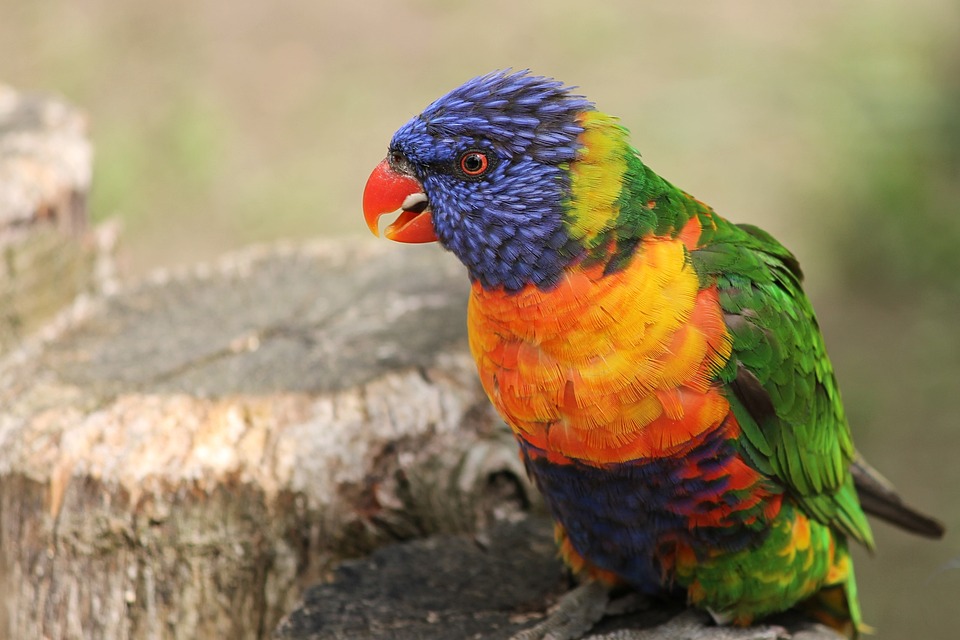Parrot training can be a challenging task, especially when faced with a reluctant or fearful parrot. However, with the right approach and techniques, you can overcome these obstacles and create a positive and effective training experience for your feathered friend.
In the first section of this article, we will explore the reasons behind reluctance and fear in parrot training. It is important to recognize the signs of reluctance and fear in your parrot, such as avoiding certain training activities or displaying aggressive behavior. Identifying potential triggers, such as loud noises or unfamiliar objects, can help you understand the root cause of your parrot’s reluctance or fear. Patience and empathy are key in addressing these challenges, as it may take time for your parrot to feel comfortable and trust you during training sessions.
The second section of the article focuses on the power of positive reinforcement in parrot training. Positive reinforcement involves rewarding desired behaviors, such as responding to commands or performing tricks, with treats or verbal praise. This technique not only reinforces good behavior but also strengthens the bond between you and your parrot. It is important to use treats and rewards effectively, making sure they are enticing to your parrot and given at the right time to reinforce the desired behavior. Establishing a consistent training routine will also help your parrot understand what is expected of them and make the training process more effective.
In the third section, we will discuss how to address reluctance and fear using positive reinforcement techniques. Gradual desensitization is a helpful method to introduce new stimuli to your parrot in a controlled manner. By gradually exposing your parrot to the trigger that causes fear or reluctance, and pairing it with positive experiences such as treats or praise, you can help your parrot overcome their fear. Counter-conditioning is another technique that involves associating fear triggers with positive experiences, gradually changing your parrot’s emotional response to them. Additionally, building trust through bonding activities, such as gentle handling or spending quality time together, can help alleviate fear and reluctance in your parrot.
The fourth section of the article addresses common questions and concerns about parrot training. It answers questions such as how long it takes to train a parrot, the use of punishment or aversive techniques, how to help a parrot that fears certain objects, and what to do if your parrot refuses treats during training sessions. It also provides guidance on training parrots that have had traumatic pasts, emphasizing the importance of patience, understanding, and professional guidance in these situations.
In conclusion, effective parrot training requires patience, empathy, and the use of positive reinforcement techniques. By addressing reluctance and fear with understanding and utilizing gradual desensitization, counter-conditioning, and bonding activities, you can create a safe and enjoyable training environment for your parrot. Remember that each parrot is unique, and consistent practice combined with love and understanding will pave the way for successful training sessions. Happy training!









